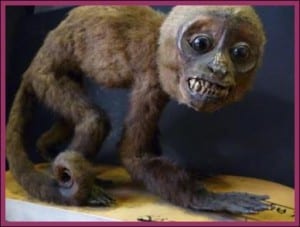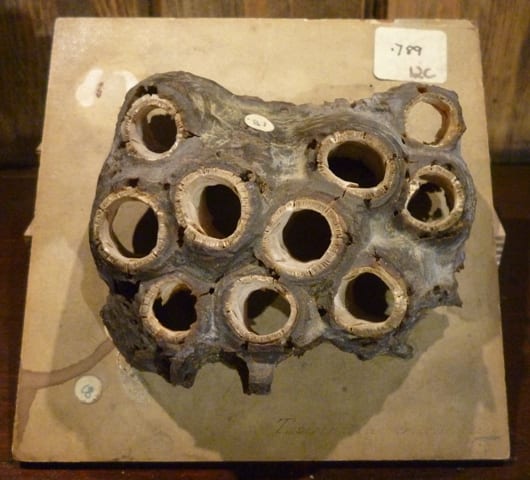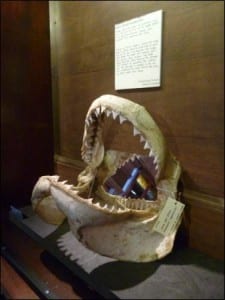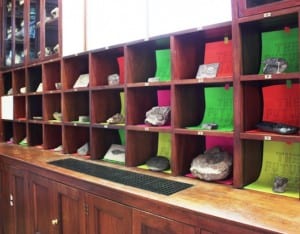I found this… Mexican Plateau Horned Lizard
By Naomi Asantewa-Sechereh, on 17 October 2012
I found this… is a new mini-installation by the entrance to the Museum. In each of the six cabinets one member of our team has selected one object which they have uncovered something new about. Today…
Part of my role involves looking after the adoption scheme, which means that I get to research the specimens in order to prepare their adoption certificates. Just today I used some of my adoption knowledge when a visitor asked about the pink fairy armadillo.
I enjoy the opportunity this gives to learn more about each specimen, especially when I come across the most bizarre facts that I could never have imagined. Take the Mexican Plateau Horned Lizard, it may appear cute and feeble, but it has the ability to squirt foul-tasting blood from its eyes forcing its canine and feline predators to drop it. Facts like these are guaranteed to make it into an adoption certificate!
 Close
Close











